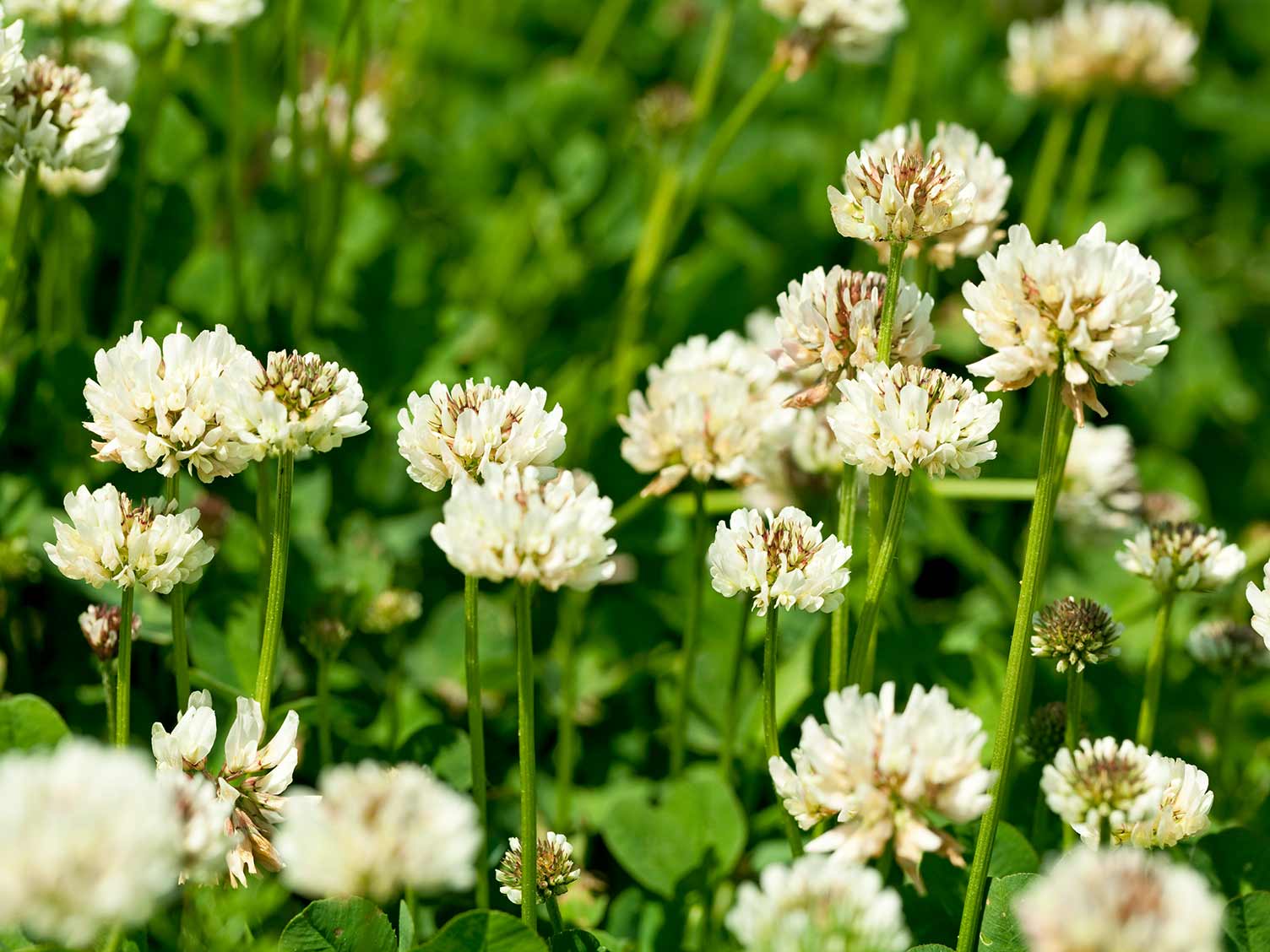
Some broadleaf weeds produce leaves in a circular pattern (rosette) from a central growing point located at or beneath the soil surface. Leaves either are alternately arranged (when a leaf grows from a node on one side of the stem and another is produced on the opposite side further up the stem) or arranged opposite one another. The arrangement of leaves on stems can also be a useful identification aid.


Each leaf typically has a main vein that divides the leaf in half with a network of smaller veins (originating from the main vein) forming a netlike pattern.īroadleaf weeds have distinct leaf shapes and surface characteristics that can be used in identification. Broadleaf weeds usually have wider leaf blades than grass weeds. To identify weeds you must first distinguish between broadleaf weeds and grass weeds. Examples of perennial weeds are orchardgrass and dandelion. Perennials also produce new plants from seed. Perennials produce new vegetative growth from growing points at or below the soil surface. Perennial weeds live for three or more years (although leaves and aboveground stems often die back at the end of the growing season). Examples of biennial weeds are yellow rocket and wild carrot. They usually produce vegetative growth the first year, then flower and set seed during the second year. Two winter annual weeds are annual bluegrass and common chickweed.īiennials require two growing seasons to complete their life cycles. Examples of summer annual weeds are crabgrass and prostrate knotweed. Winter annual seeds germinate in fall grow during fall, winter, and early spring then produce seed and die in late spring. Seeds of summer annuals germinate in spring, produce vegetative growth in spring and summer, then produce seed and die in the fall. Annuals are plants that complete their life cycle in one growing season. Turfgrass weeds can be grouped into one of three life cycles: annual, biennial, or perennial. It is also necessary for selecting herbicides and for determining the proper time of year to apply them. This information is essential for developing a good cultural weed management program.
#CONTROL OF CREEPING BUTTERCUP IN GRASSLAND SKIN#
Some weeds are harmful to people because they attract bees, cause skin irritation, or cause poisoning if ingested.Īn effective weed management program depends on your ability to identify weeds and to understand their life cycles. Weeds are undesirable because they disrupt turf uniformity and compete with desirable grass species for moisture, light, and nutrients. Creeping bentgrass, a turfgrass used on golf courses, is often considered a weed because it is unwanted in Kentucky bluegrass lawns. dock beetle.The simplest definition of a weed is a plant that grows where it is not wanted. Ramularia, or those affected by insect damage, e.g. If larger than this consider topping and spraying the regrowth 2-3 weeks later.Įnvironment: Avoid treating weeds suffering from waterlogging, drought stress, cold stress, suffering from disease, e.g.

Target actively growing plants in the rosette stage up to 250mm across or high. It can be used after the last silage cut – allow 2-3 weeks for sufficient weed regrowth to occur.ĭensity: ForefrontT is not approved for use by hand-held equipment, e.g. Do not apply to grassland that will be used for silage, hay or haylage. Take stock out during spraying then return no sooner than 7 days later. Information: Only use in grassland for grazing by cattle or sheep. Reducing water volume to speed up spraying operations can lead to poorer long-term control. If weed numbers are high, or if the grass sward is dense, increase to 300 L/ha. Rate: Use at 2.0 L/ha in a water volume of 200 L/ha. Product: The combination of aminopyralid and triclopyr gives the best available control of broadleaved dock, curled dock, creeping thistle, spear thistle, common nettle, dandelion, creeping buttercup and ragwort in one solution. Users must have received adequate instruction, training and guidance in the safe use of ForefrontT.ForefrontT does not hold back grass growth after application.Use in pastures grazed by cattle or sheep for enhanced grazing productivity.ForefrontT moves to the roots ensuring high levels of long-term control.

Best available control of broad-leaved dock, curled dock, creeping thistle, spear thistle, common nettle, dandelion, creeping buttercup and ragwort.Any hay or silage made next year must stay on the farm. It can only be used on ground grazed by cattle or sheep, or after last cut of silage. Forefront T delivers the highest levels of control of docks, thistles, nettles, ragwort, buttercups and dandelions.


 0 kommentar(er)
0 kommentar(er)
